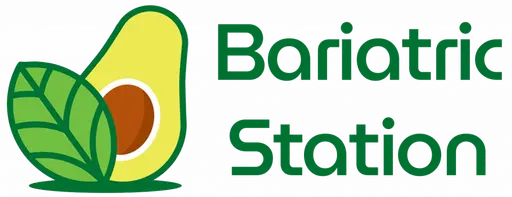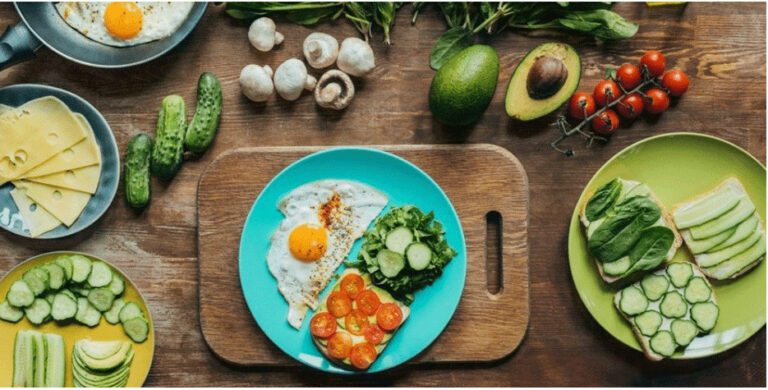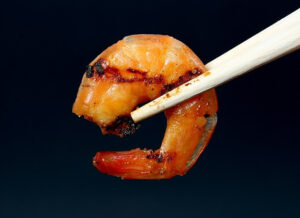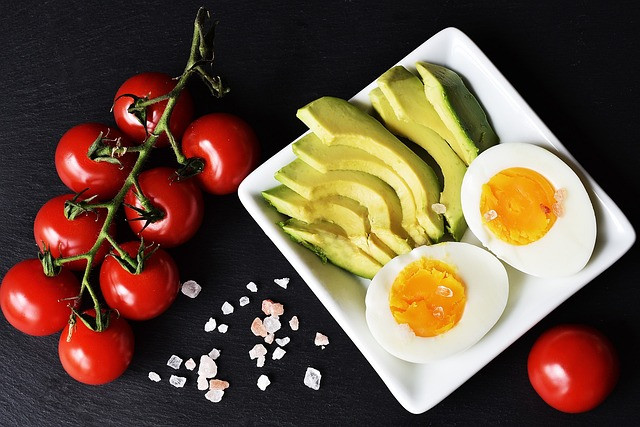By understanding the carb limit on a keto it’s possible to attain nutritional ketosis, a natural metabolic state that has been strongly connected to improved blood glucose control, fat loss, mood control and more.
Determining your carb limit on keto for beginners
If you’re just beginning with keto, figuring out your macronutrient ratios may be somewhat hard and possibly daunting. Together with keto, the normal macronutrient ratios include 70-80 percent fat, 20-30 percent protein, and 0-10% carbohydrates. But, based upon your current health condition and targets, this breakdown may change. So how do you know Determine your carb limit on keto and perfect macro intake ought to be? Read on and we will direct you through it.
Carbs and ketosis
Carbs are the significant diet switch to get ketosis — they could either keep you at a ketogenic condition or they could kick you out of it, thus knowing which carbs you can and cannot eat is imperative. While carbs are the basis of things such as bread, cereal, pasta, pastries, and such, they’re also in less obvious places including nuts and seeds, fruit, and veggies.
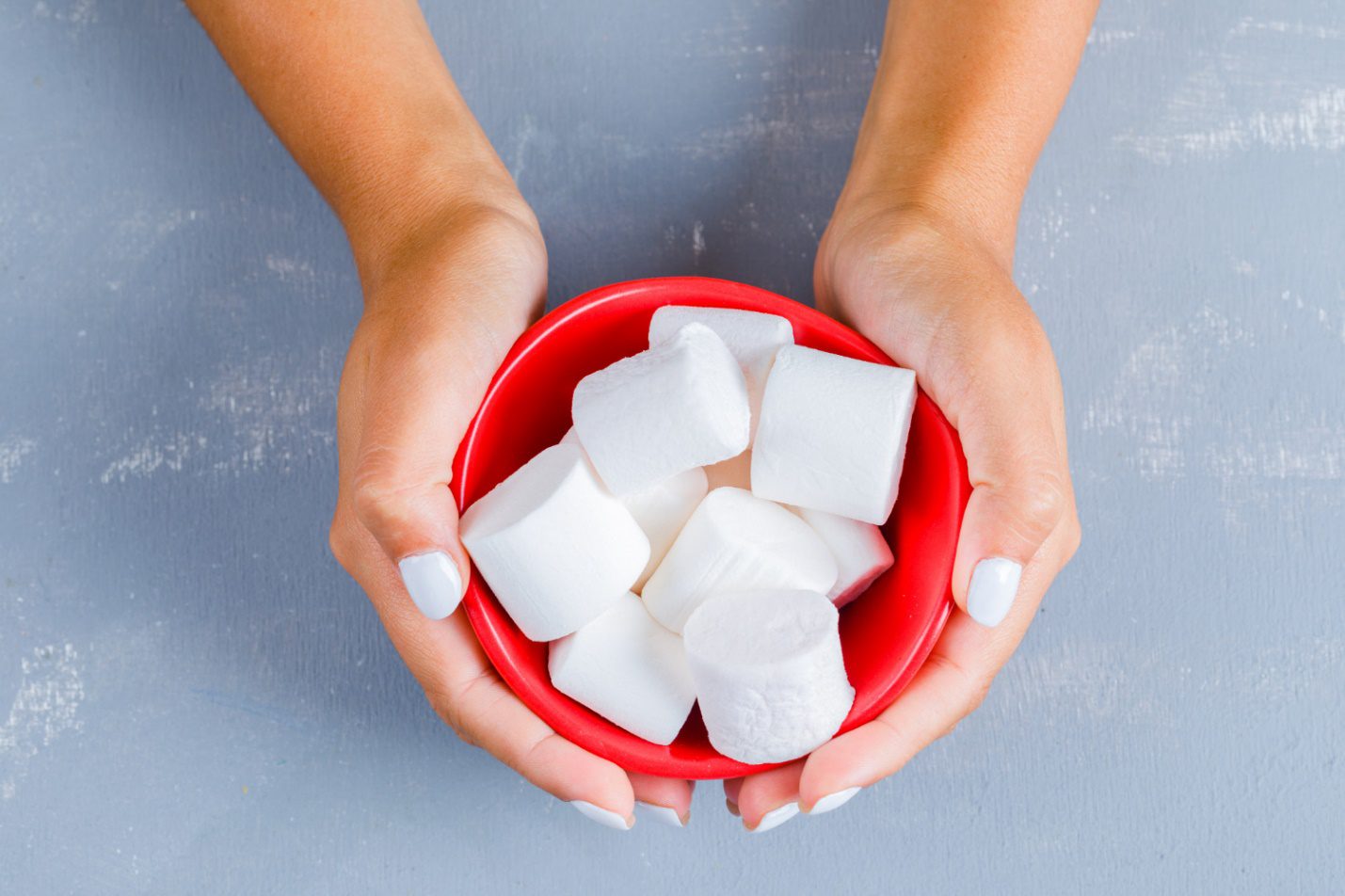
For most people following a typical American diet (SAD), carbohydrates include a large section of the diet. When blood sugar (blood glucose) levels increase because of absorbing carbs, the hormone insulin also rises in the blood. Increased insulin signals fat cells to reduce the amount of fat they’re liberating into the bloodstream (lipolysis). The more sensitive the fat cell to insulin and the insulin your fat cells are exposed to, the easier it is to fatten.
That is the reason a donut is a fantastic instance of food with dual fastening’ attributes: it is highly insulinogenic due to its refined carbohydrates and contains plenty of omega-6 seed oils which sensitize fat cells. This junk-food double-hit contributes to inadequate insulin signaling, itself a large contributing aspect to obesity and several other chronic health conditions, in addition to metabolic syndrome.
When following a ketogenic diet, determine carb limit on a keto. This limits the amount of fuel available to glucose-based metabolism. Protein does not often need to be restricted, except moderately so when reaching deeper levels of ketosis. When little to no nutritional carbohydrates are available, liver glycogen stores fall down low enough to increase ketogenesis considerably following about 12-16 hours. The absence of dietary carbs leads the human body to ramp up gluconeogenesis to be able to keep the sugar coming for minimal sugar requirements.
When all of these physiological changes hit a certain threshold — often described somewhat arbitrarily as 0.5 mmol/L of beta-hydroxybutyrate from the blood — it’s said that you are in ketosis’. By this stage, the liver has generated ketones at a significant rate and the mind has taken up them in step with their blood pressure that is senile. Since the absence of processed carbohydrates no more causes excessively huge changes in insulin, the overall exposure to insulin is lower and amounts stabilize. Less general insulin exposure increases fat burning, one of a number of other advantages.
With that said, when carb intake is sufficiently low, the body may more completely rely on the consumption of fat to fuel, and thus entering the metabolic condition of ketosis. One of the initial indications of entering nutritional ketosis is your keto influenza — a collection of flu-like symptoms caused by carb withdrawal and electrolyte loss inducing things like nausea, fatigue, headache, insomnia, and nausea. If you are unsure whether or not you’re in ketosis.
How many carbs will kick you out of ketosis?
Of course, you may be wondering”how many carbohydrates can I have on keto?” The solution to this question is not quite as straightforward as possible just have x g of carbs per day; it is going to vary from person to person centered and on a few aspects. These include:
- Bodyweight and composition
- Action levels
- Sleeping
- Stress levels
- Past dietary habits
- Age
As a general rule, the more restrictive you’re with your carbs, the simpler it is to get into ketosis and stay there. If you are just beginning using keto, it is simpler to just keep your net carbohydrate intake around 20-25g; recall that web carbohydrates equal total carbs minus fiber. For many of us, 20-25g of web carbs will enable us to reach ketosis. Once you have been stable in ketosis for a couple of weeks, it is possible to play around with your carb intake to observe how liberal you can buy before leaving ketosis.

Why do people have different carb limits for keto?
The proper carbohydrate limit on keto varies somewhat amongst different men and women. The only way to learn what your carb limitation is, would be to enter ketosis and examine your ketone levels (e.g. using a blood ketone apparatus ). By monitoring your carbohydrate intake, you’ll be able to approximate how many grams of carbs you can eat before falling below a particular amount of blood ketones. Over time, you’ll be able to appreciate how sleep patterns, action levels, protein consumption and stress play a role in how many carbohydrates your body is able to handle whilst still being in ketosis.
Your personal carb limit on keto is not merely on your own physiology, but also concerning your goals as an individual. By way of instance, athletes can tolerate a higher carbohydrate intake for any particular degree of ketosis during intense training sessions than they can from the offseason. Carb limits can consequently vary within exactly the identical person in addition to person to person.
Figuring out your carbohydrate limit is about experimentation and tuning into how the body feels. Some people consume less than 50g of net carbs each day right from the beginning, and they feel like a million bucks. On the other hand, some people feel terrible and instead of getting through it that they opt for many weeks of slowly ratcheting the carbohydrates from 100g to whatever level empowers them to be in ketosis. It’s very important to watch and listen to how your body responds and adjust as necessary, not just rigidly apply overall recommendations.
What could a self-testing schedule look like? Attempt to keep your calorie and protein intake equal throughout.
Day 1-5: Eat 20-25g of net carbs for approximately 5 days.
Day 6-7: Examine your ketones after waking up (at a fasted state) for two times in a row so it’s possible to set your baseline level.
To be thorough you need to measure your blood glucose ketones 30 minutes before eating and 1 hour after ingestion to keep an eye on your non-fasting ketone levels also.
Keep in mind that the more you’re able to keep other factors the same (e.g. sleep, anxiety (and exercise) the more reliable that your carb limit is.
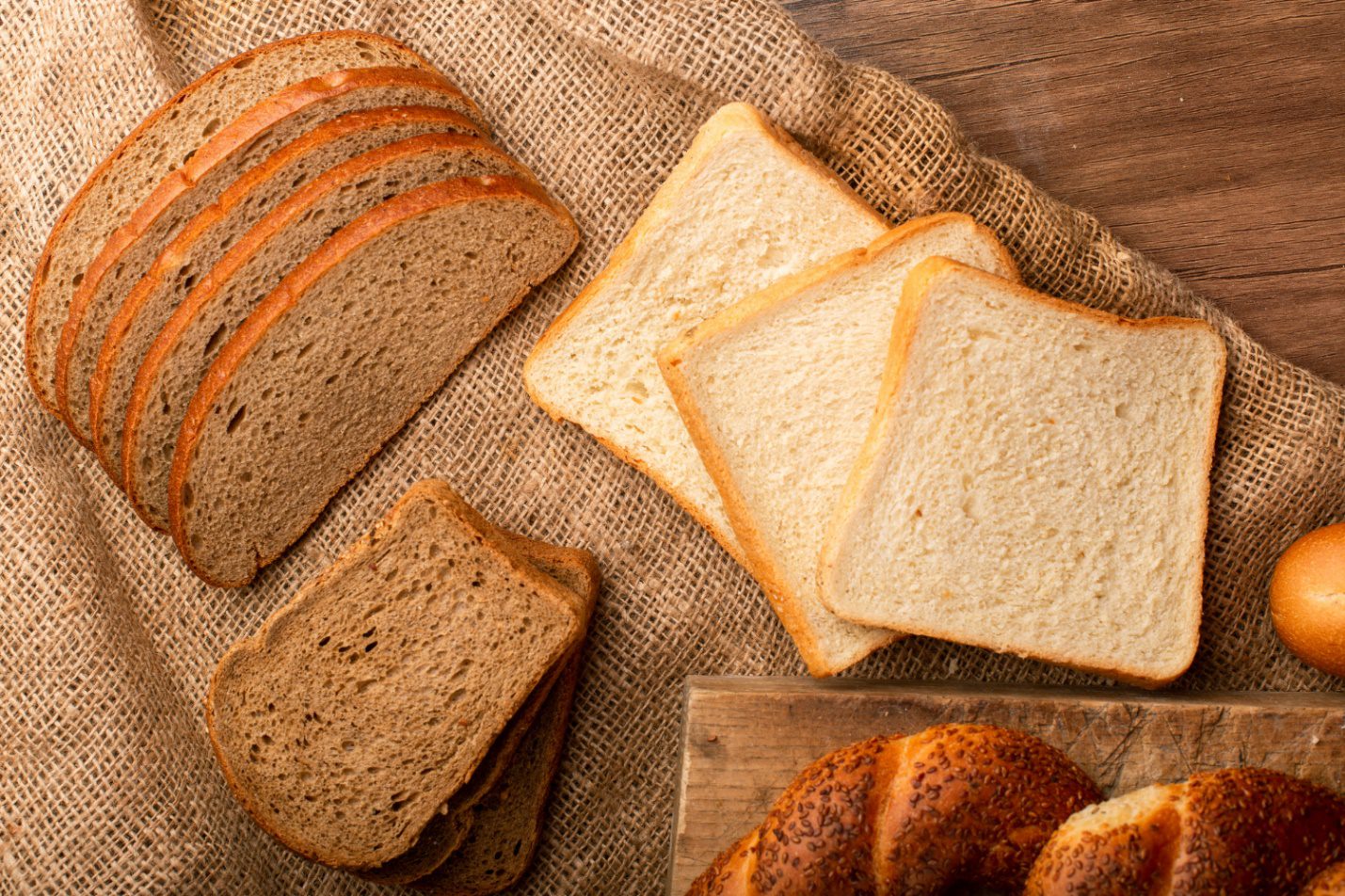
What do 20, 30 or 50 grams of carbs look like from real food?
You may have heard folks reaching ketosis with a 20, 30, or 50-gram carb limitation — but were they talking about the web or complete carbs? There is a difference. The carb limitation bariatricstation describes is net carbs, not total carbohydrates. Net carbs are the portion of carbohydrates that you absorb to use as energy. Therefore, the higher your net carbohydrate limit on keto will be also the more flexibility you’ve got with your food choices, in reason obviously. The fact of the matter is, 20 g of net carbs is not a lot, especially if you’re incorporating things like full-fat dairy and berries that have carbs, albeit minimal — they consume. But if you are eating a diet filled with high-quality meats, healthy fats, and low carb veggies, your choices (and even portions) are far from limited.
What happens if you eat too many carbs on keto?
Simply put, eating a lot of carbs will kick you out of ketosis so it’s compulsory to limit carbs on a keto. This might mean moving away from a milder state of fat-burning to one more reliant on glucose. When Folks go overboard on carbohydrates, whether about a ketogenic or maybe, it’s not uncommon for them to encounter
Blood sugar swings
Cravings for sweet foods
Inflammation (e.g. joint pain)
Bloating and other digestive discomforts
Memory impairments
Going over your carbohydrate limit with rice and sweet potatoes is 1 thing, but doing this with donuts and pizza is still another. The latter contains plenty of oxidized omega-6 fats (linoleic acid) that will give rise to additional undesirable inflammation. Consequently, these foods will need to be firmly plotted on any well-formulated ketogenic diet.
However, you’ve gone over your carbohydrate threshold, getting into ketosis may be a little more difficult than you ever thought. Occasional fasting is one of the best ways to kick up fat burning off and put you back on track to ketosis. When your body doesn’t have some fuel coming, liver glycogen has been depended upon while still fat burning ramps up.
Just don’t forget that when you fall away and eat food that is bad, there is no advantage to beating yourself upon it. Make note of it as something to avoid in the future, and proceed. Get your focus back on quality foods such as fish, poultry, and legumes, as opposed to the junk-food triad of sugars, flour and high omega-6 seed oils.
Final word
Understanding your personal carb limitation for ketosis means you’ve got an excellent tool at your disposal.
Some people today know their carb limit for ketosis and stay below it, others like to dip in and from. No matter your approach is, realizing this one thing about how your metabolism responds to carbs is beneficial.
Conclusion
Knowing your private carbohydrate limitation for ketosis means you have a terrific tool at your disposal.
Many folks know their carb limit for ketosis and keep under it, others like to dip in and from. Whatever your strategy is, understanding this one thing about how your metabolism responds to carbs is beneficial.
